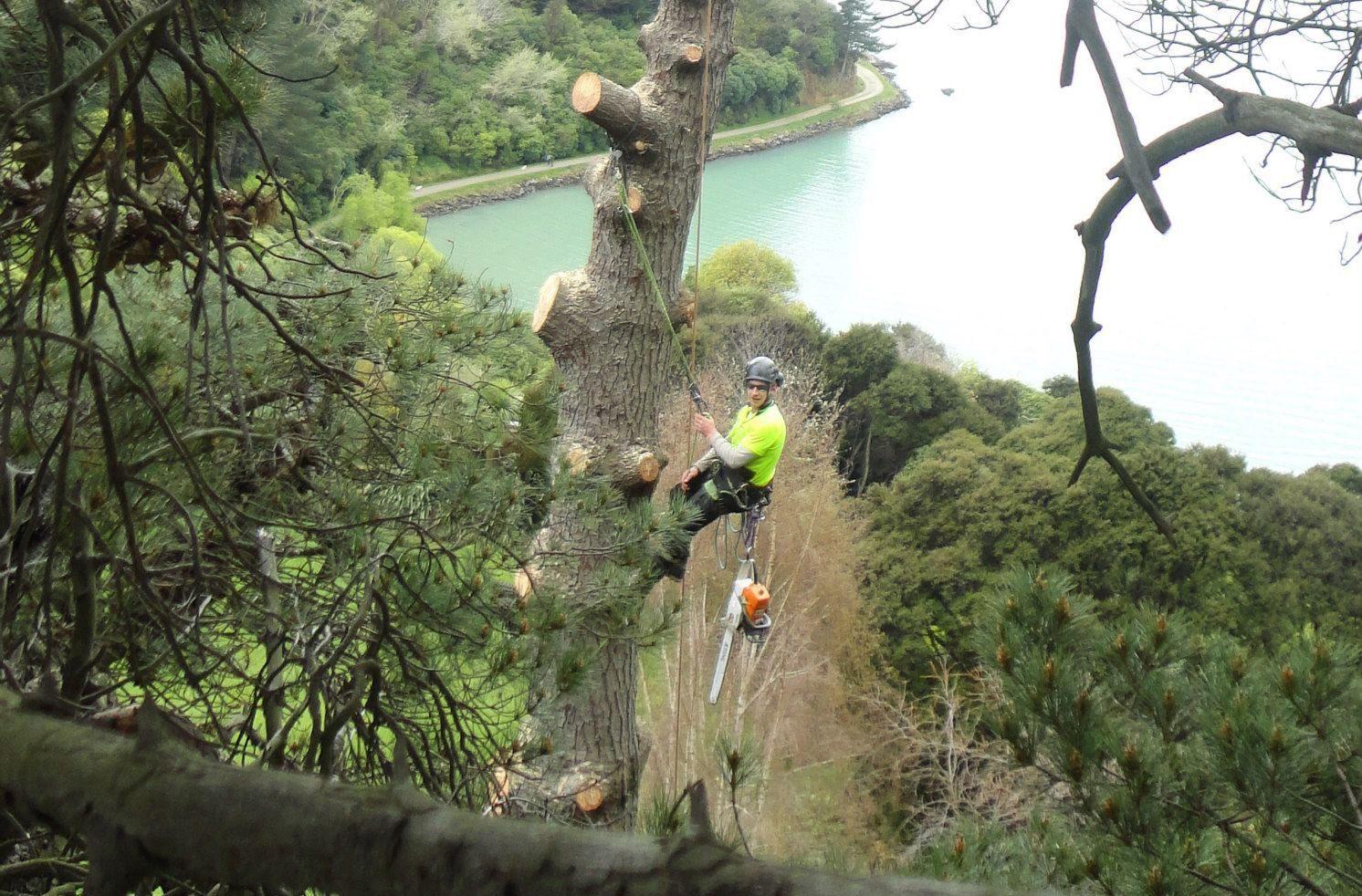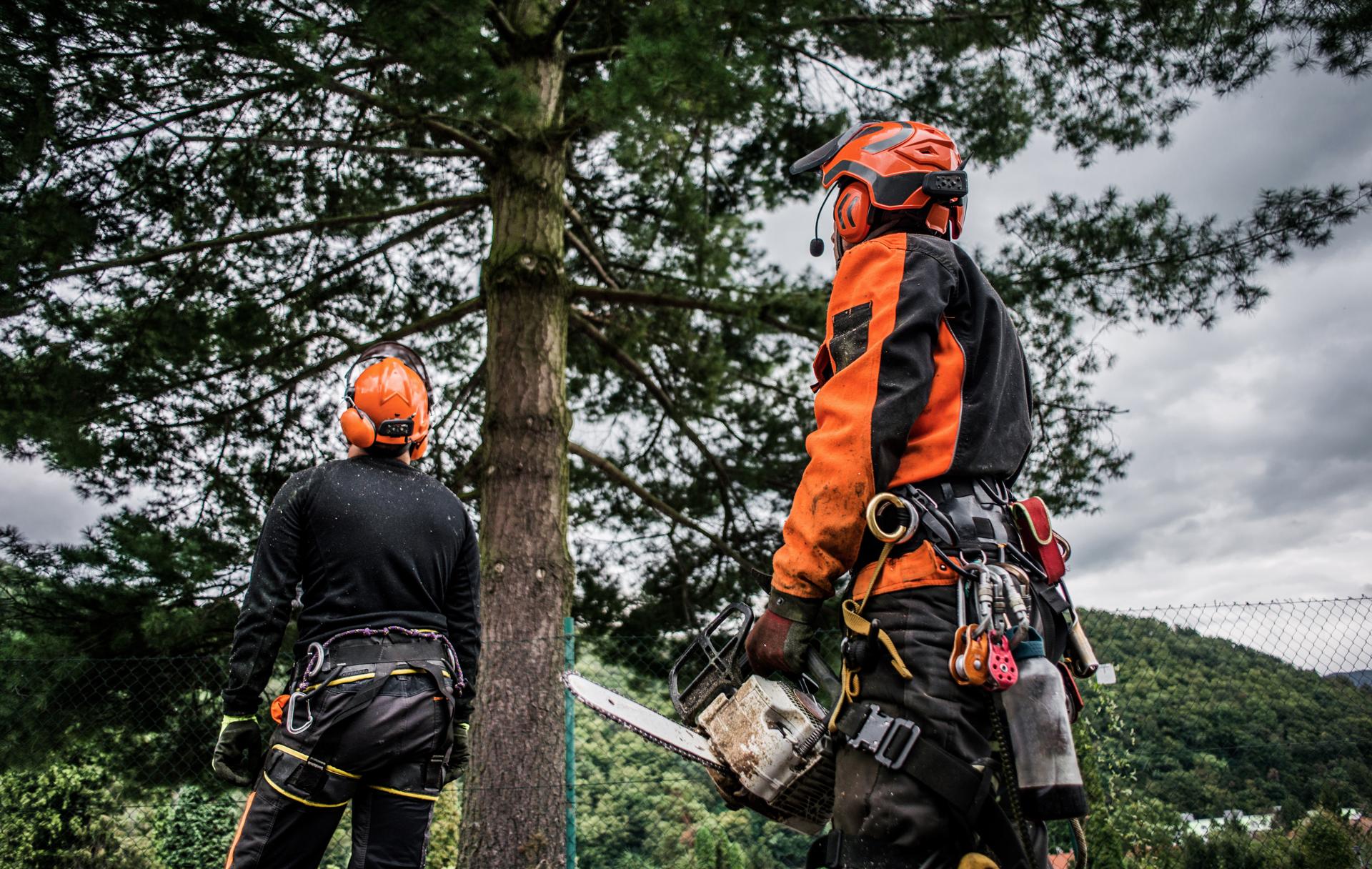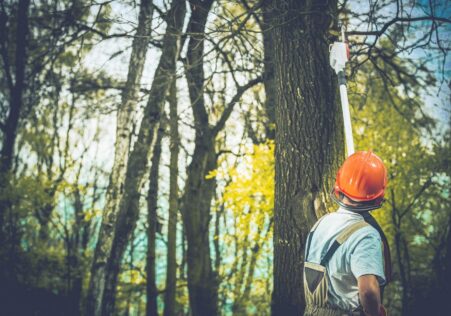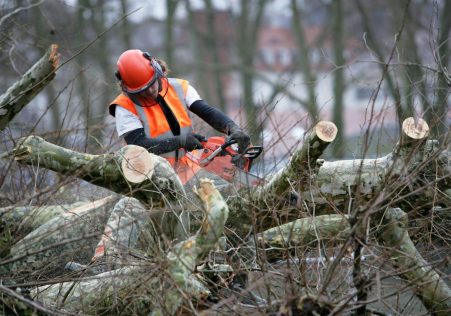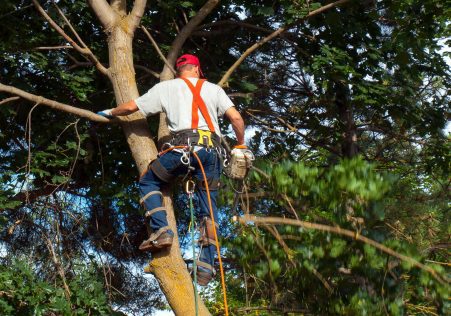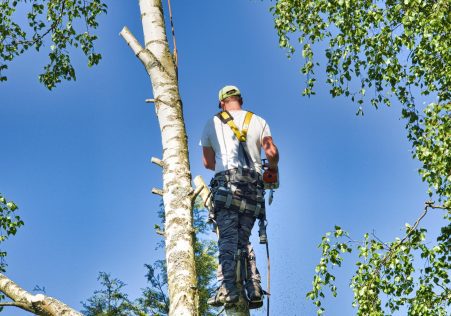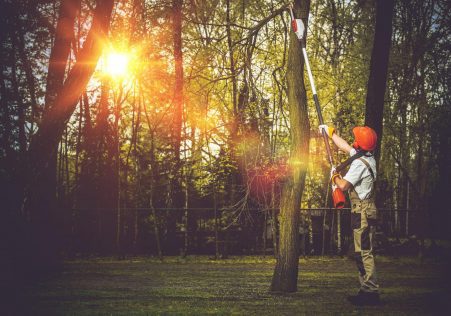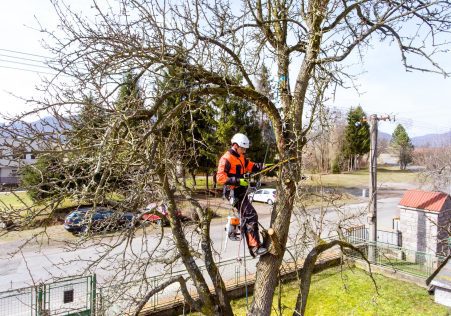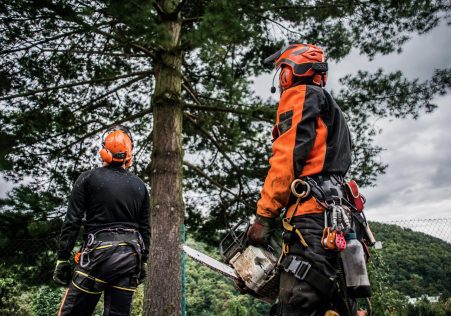Stay One Step Ahead in the Game: Ways to Spot a Tree in Need of Cutting Down
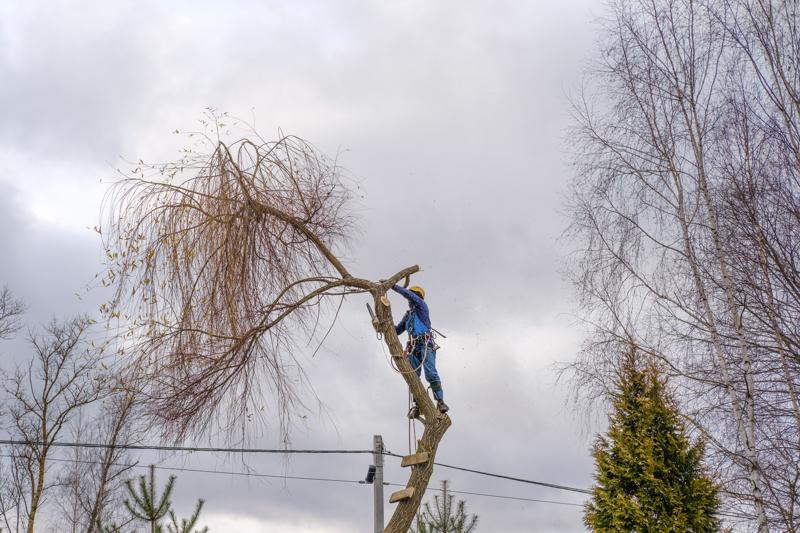
Tree removal can be a complicated and potentially dangerous task. If a tree is dying, diseased, or in danger to fall, the tree may require removal to prevent damage to the property and to make sure that the tree is safe. How do you know if a tree needs to be removed? In this article, we’ll walk you through the signs to look out to and assist you decide the right time to call in the professionals.
Dead or Dying Trees
One of the most evident signs that a tree must be taken down is if it is dead or dying. Dead trees do not have leaves and could appear dead. If a tree doesn’t have leaves or evidence of growth, it’s probably dead. In addition, the bark of dead trees may be dry, cracked or peeling.
Trees that are diseased
Diseased trees may pose a threat to other plants and trees in the surrounding area. The signs of disease that are common on trees are the appearance of yellowing leaves, wilted branches, and mushrooms growing at the base or the trunk. If you suspect your tree might be suffering from disease it is important to get it checked by a professional arborist.
Leaning Trees
Trees that lean to one side may be an indication of a failing root structure, and the tree could be in danger of falling. To identify if a leaning tree is a danger, look for cracks or breaks in the trunk and examine the soil surrounding the base of the tree. If you spot any of these signs it is recommended to get the tree examined by an arborist.
Overhanging Branches
Overhanging branches of trees located close to buildings or power lines could pose a threat to the safety of your property and personal safety. If you are concerned regarding branches that hang overhanging It is recommended to get the tree assessed by an arborist who will determine if pruning or removal is required.
FAQs
How do I know if a tree is dead?
The tree will be considered to be dead if it is without leaves and shows no indication of new growth. In addition, the bark of a dead tree may be dry, cracked or peeling.
What are the warning signs of a tree that is diseased?
Common signs of disease in trees are the appearance of yellowing leaves, wilted branches, and the growth of mushrooms at the bottom of the tree.
Is it safe to take down a tree yourself?
Tree removal can be a complicated and dangerous task. It’s best to delegate it to experts who can protect you and your family members.
Conclusion
When it comes to tree removal, it’s crucial to be aware of the indicators that indicate that a tree needs to be removed. If you are aware of indicators of dying or dead trees, diseased trees leaning trees, and overhanging branches and overhanging branches, you can take the necessary steps to ensure the safety of your property and the people around you. If you believe that there is a tree in your yard that requires removal do not hesitate to reach out to The Hills Aborist for a professional review. Our arborists are highly skilled and are equipped with the knowledge and experience to meet your tree removal needs. Don’t take any chances with your safety. If you believe that there is a tree in your yard that must be removed, please contact The Hills Aborist today for a expert assessment. Our expert arborists will provide you with the peace of mind that comes from knowing your property is in safe with us. Contact us today to 0480 024 267 to schedule an appointment.

